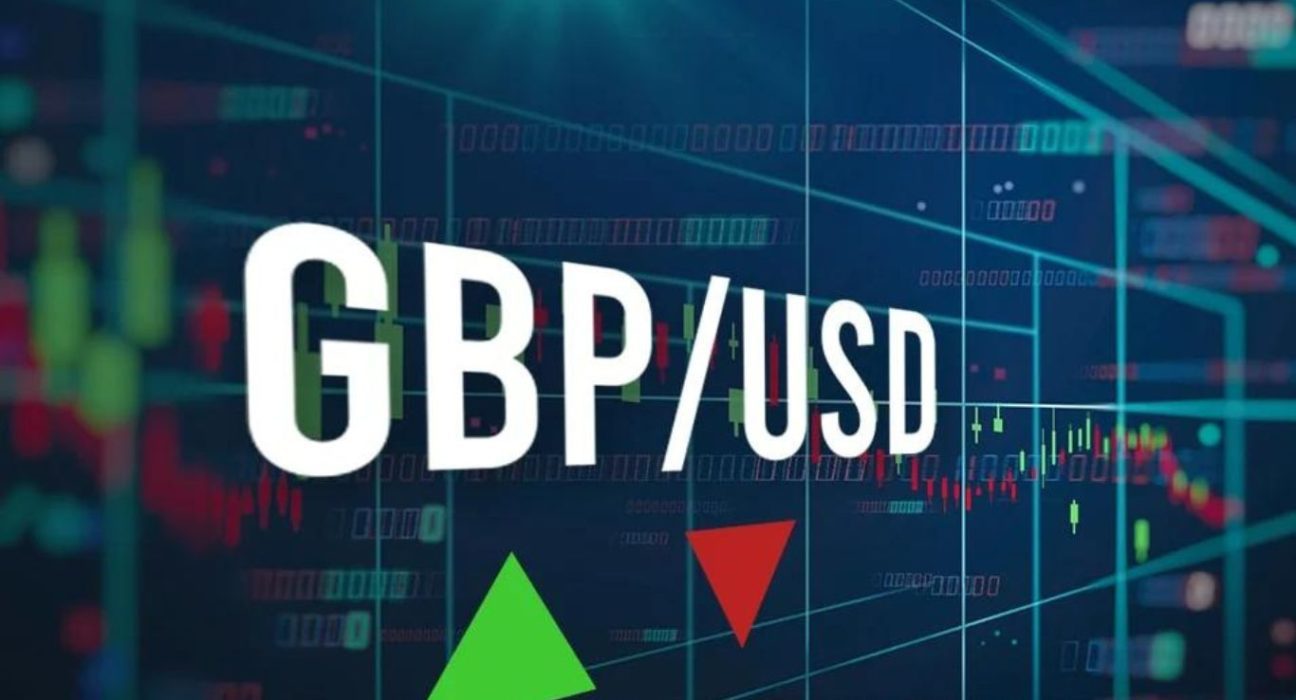Introduction: GBP/USD Consolidation and Short-Term Momentum Analysis
The GBP/USD currency pair has recently entered a consolidation phase within its overarching bullish trend, prompting traders to closely examine the implications of this temporary pause. While the pair’s long-term outlook remains positive, weak short-term momentum raises cautionary flags. In this article, we delve into the current state of the GBP/USD pair, analyze the factors contributing to its consolidation, and assess the potential impact of subdued short-term momentum on traders.
Understanding GBP/USD’s Consolidation Phase
The consolidation phase witnessed in the GBP/USD pair is characterized by limited price movement and temporary stability after a significant bullish run. During this phase, traders reevaluate their positions and seek new catalysts to sustain the pair’s upward momentum. It’s important to note that consolidations are common in trending markets and typically precede a continuation of the prevailing trend.
Factors Influencing the Consolidation
Several factors contribute to the consolidation phase observed in the GBP/USD pair. Economic uncertainties and geopolitical developments can influence market sentiment, prompting a more cautious approach from traders and investors. Concerns regarding inflation, monetary policy decisions, and trade agreements may lead to increased volatility and a temporary slowdown in the pair’s upward trajectory.
Key economic indicators, such as GDP growth, employment figures, and inflation rates, also play a significant role in the consolidation phase. Any unexpected deviations from market expectations in these indicators can impact the GBP/USD exchange rate, causing traders to reassess their positions and contributing to the consolidation period.
Furthermore, broader market trends and risk appetite affect the GBP/USD consolidation phase. During times of heightened risk aversion, investors often seek safe-haven assets like the US dollar, leading to a temporary halt in the pair’s bullish trend. Similarly, shifts in global market sentiment can influence the demand for riskier assets like the British pound, contributing to the consolidation phase.
Analyzing Short-Term Momentum
While the GBP/USD pair experiences consolidation, short-term momentum indicators suggest weakness. This observation implies that the current softness in the pair may persist in the near future. Traders closely monitor short-term momentum indicators, such as moving averages and the relative strength index (RSI), to gain insights into potential price directions.
Several factors may contribute to the weakened short-term momentum in the GBP/USD pair. Profit-taking by traders who entered long positions during the earlier bullish phase could account for the pause in the upward movement. Additionally, uncertainties surrounding central bank meetings and geopolitical developments may instill a cautious stance among market participants, further dampening short-term momentum.
Potential Implications for Traders
The consolidation phase and weak short-term momentum in the GBP/USD pair have implications for traders. Those who operate on shorter time frames may find limited opportunities for substantial gains during this period due to relatively subdued price movements. Patience becomes crucial, and waiting for a clearer trend to emerge before establishing new positions is advised.
On the other hand, long-term investors may perceive the consolidation phase as an opportunity to accumulate positions at more favorable prices. With a broader perspective and considering the pair’s overall bullish trend, they understand that consolidations are temporary pauses that often precede a continuation of the prevailing trend. Therefore, for long-term investors, the consolidation phase presents a potentially advantageous entry point.
Looking ahead, traders should closely monitor upcoming economic data releases, central bank announcements, and geopolitical events that can act as catalysts for renewed momentum in the GBP/USD pair. Developments related to economic recovery, inflationary pressures, and trade agreements are likely to be particularly influential. Staying informed and adapting to changing market conditions will enable market participants to navigate the consolidation phase effectively and position themselves advantageously for future movements in the GBP/USD pair.
Conclusion
The GBP/USD currency pair has entered a consolidation phase within its broader bullish trend, accompanied by weak short-term momentum. While the temporary pause may pose challenges for short-term traders seeking significant gains, long-term investors can view the consolidation phase as an opportunity to accumulate positions at more favorable prices. Traders should consider the factors influencing the consolidation, monitor short-term momentum indicators, and stay informed about upcoming events that could drive renewed momentum. By doing so, market participants can make informed decisions and navigate the GBP/USD consolidation phase effectively.










